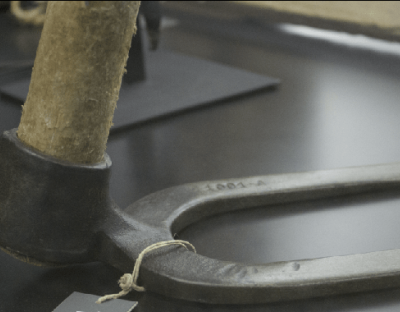The Odyssey tells how Penelope waited patiently for Ulysses, weaving during the day what she unweaved at night to preserve fidelity to her husband. Although already in classical times the woman was associated with sewing, this association has been intermittent throughout history. In medieval times, for example, textile workshops used to be made up of family units of working men and women alike, although the holder of the business was always the patriarch of the family. Over the centuries, however, and especially when the 19th century arrived, the association of the stitching with femininity. The ideal woman, the angel of the
home, should know how to sew, not to dedicate themselves to it professionally, but as a mere "feminine work", a silent work, submissive and repetitive. Sewing thus became a means of educating women within the parameters of that feminine ideal according to which the second sex should be confined within the four walls of the home and always be subject to a man, the father first and the husband later.
European Museum
of the Year 2023




